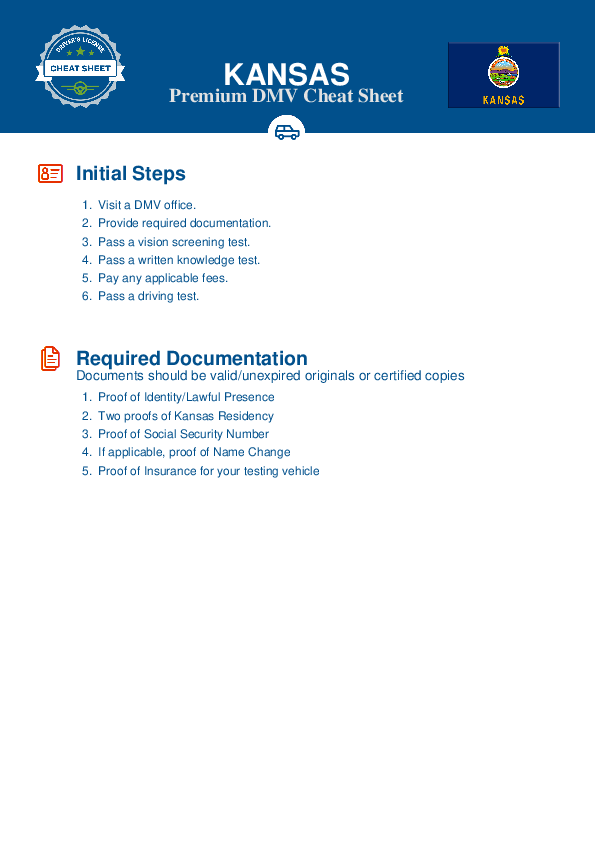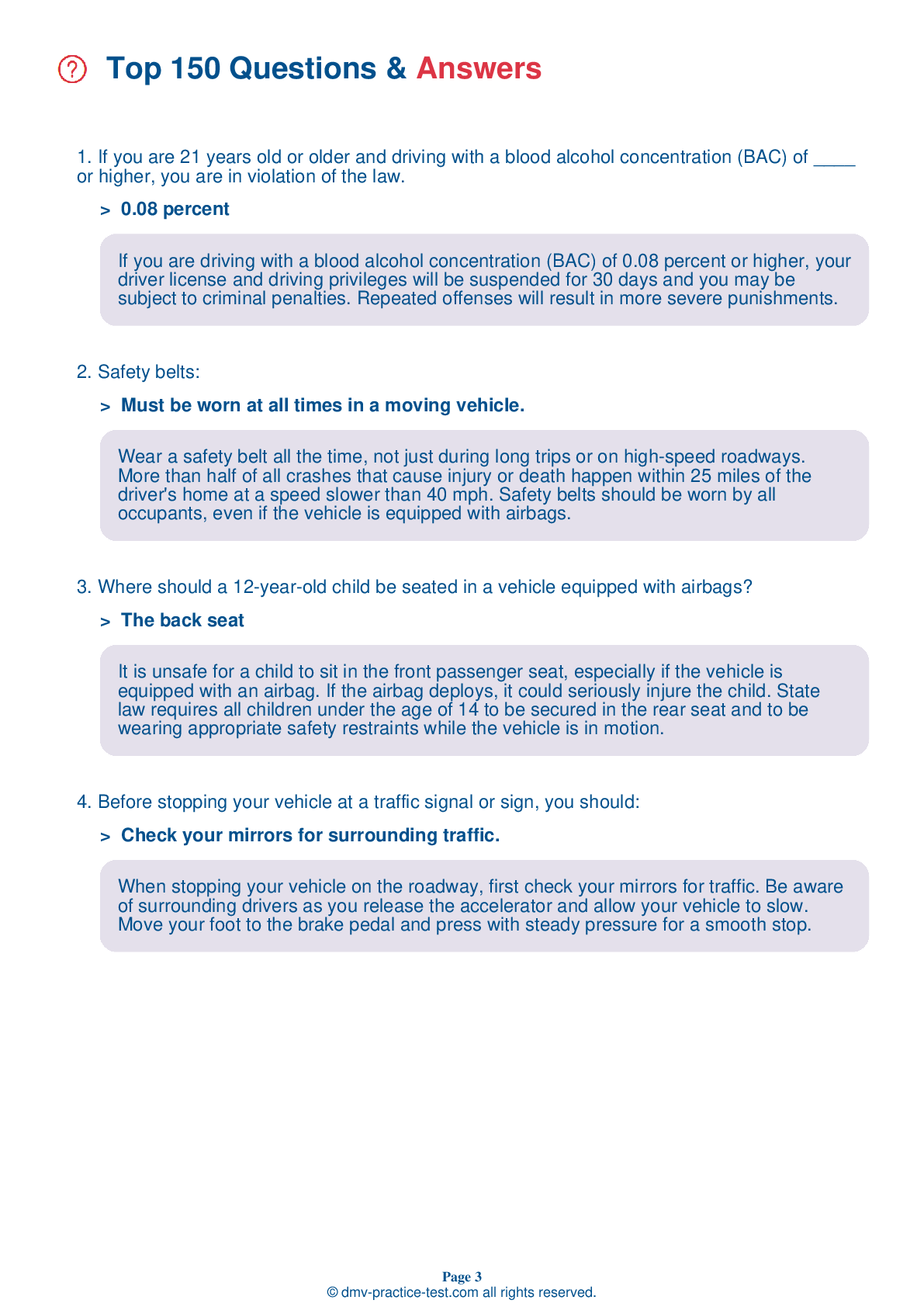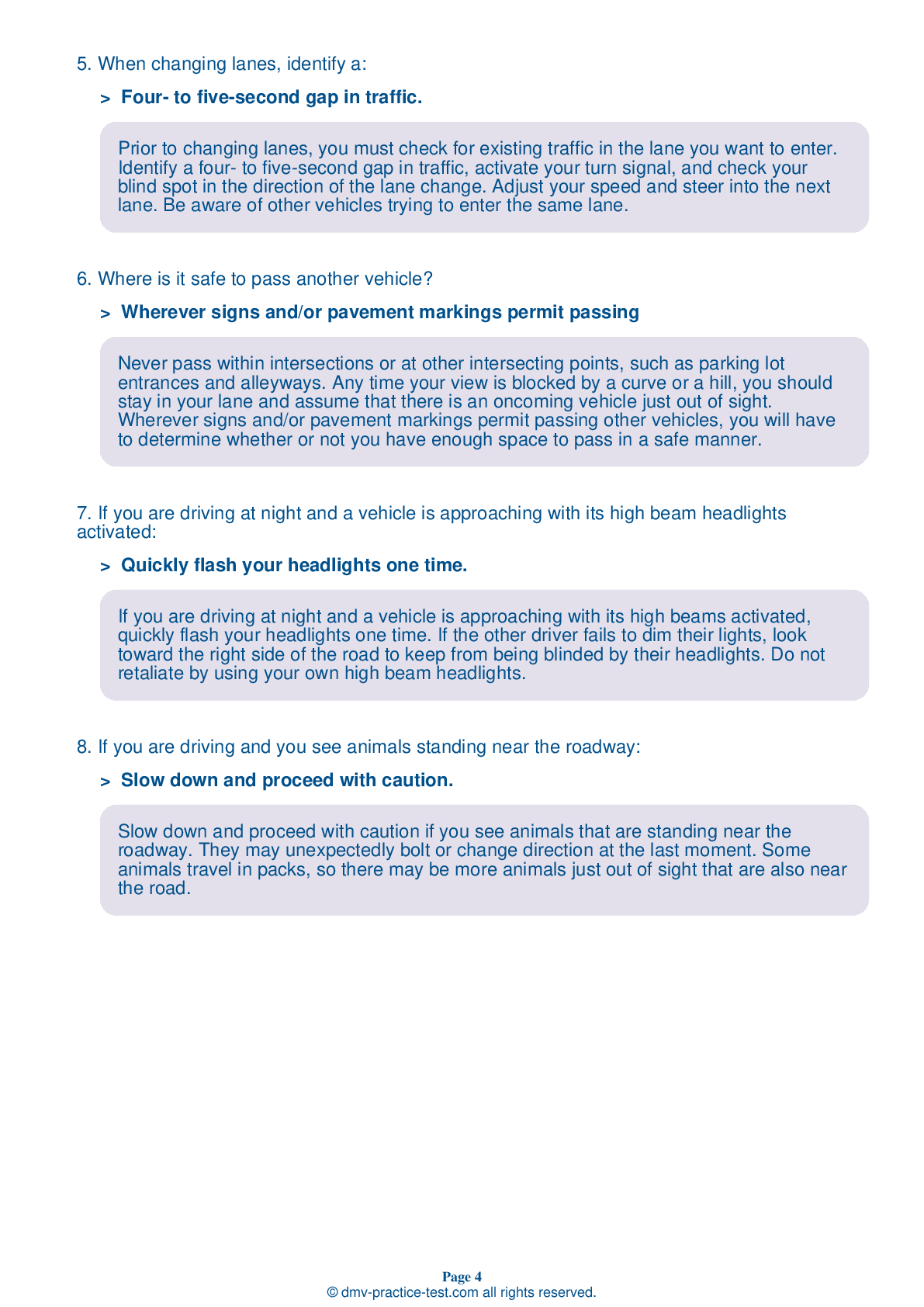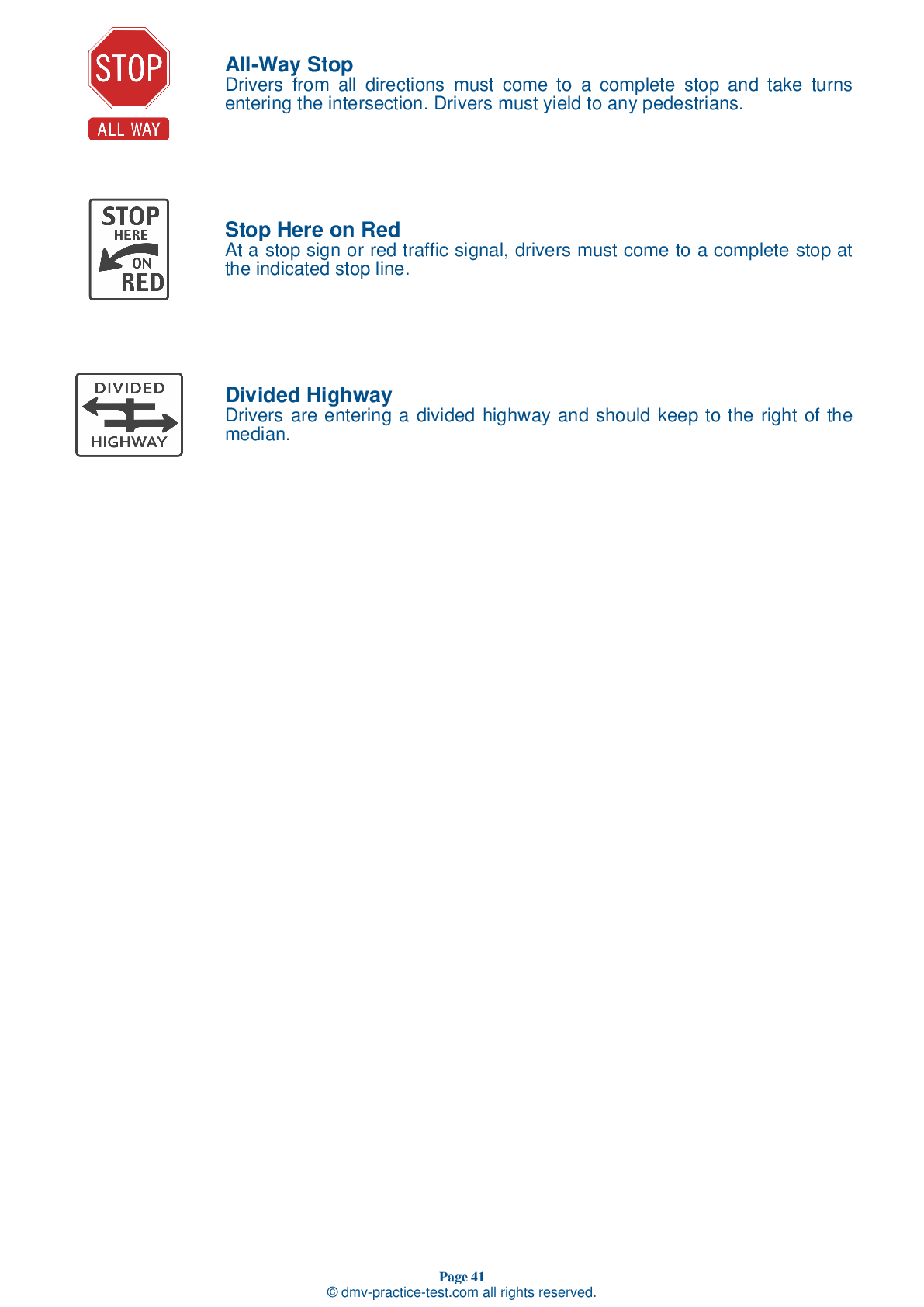FREE Kansas DMV Practice Test #10 Page 3 of 3
In Kansas, the DMV practise tests have been revised for January 2025. It includes questions based on the Kansas Driver Handbook's most essential traffic signals and regulations for 2025. Use actual questions that are very similar (often identical!) to the DMV driving permit test and driver's licence exam to study for the DMV driving permit test and driver's licence exam.
On the practise exam, each question gets a tip and explanation to help you remember the concepts. The written component of the official Kansas DMV test will include questions about traffic rules, traffic signs, and driving statutes, as well as information from the Driver Handbook.
To obtain a passing grade, you must correctly answer 20 of the 25 questions. Take our DMV practise exam to help you prepare for your Kansas instruction permit or driver's licence.
The DMV exam is available in several languages.
Using any kind of testing assistance will result in an automatic fail, and the DMV may take additional action against your driver's licence, so stay away from it.
17 . Tailgating other drivers (driving too closely to their rear bumper):
Tailgating is a common behavior that can lead to aggressive driving, and so it should be avoided. Drivers may face legal consequences for driving unsafely.
18 . This sign indicates a:
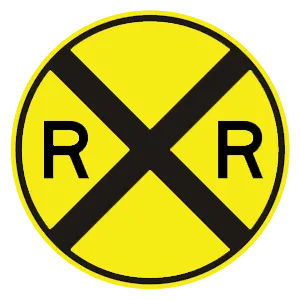
Yellow signs with black markings are used to warn drivers about upcoming hazards or special conditions. Round signs are used only to warn about upcoming railroad crossings.
19 . When you see this yellow sign, you should:
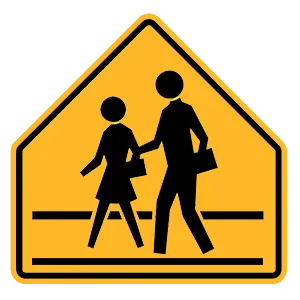
A five-sided sign indicates that you are near a school. Be aware and stop if children are in the crosswalk.
20 . You are involved in a minor collision at an intersection. There are no injuries and there is very little vehicle damage. You should:
After a collision, if no one has been injured or killed and you can safely do so, you should move your vehicle out of the traffic lane.
21 . If your vehicle has a two-part safety belt system, you should:
If your vehicle has a two-part seat belt system, be sure to wear both the lap belt and the shoulder belt. Wearing either part alone greatly reduces your protection. If you have an automatic shoulder belt, be sure to buckle your lap belt as well.
22 . When driving under snowy or icy conditions:
When driving under snowy or icy conditions, you should make speed and directional changes gradually. Never use cruise control when driving on snow or ice because your tires may lose contact with the road and you will lose control of your vehicle.
23 . A pentagon-shaped sign is a:
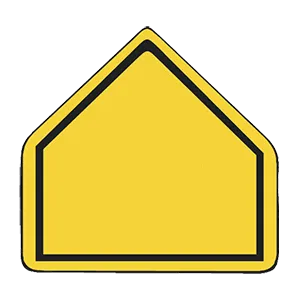
A five-sided sign is used to alert drivers to a school zone. Some pentagonal signs specifically indicate crosswalks within school zones where children or other pedestrians may be present.
24 . After passing a vehicle, it is safe to return to your driving lane when:
Before you return to your driving lane, be sure you are not dangerously close to the vehicle you have just passed. One way to do this is to look for the vehicle in your inside rearview mirror. When you can see both headlights in your rearview mirror, you may have enough room to return to your driving lane.
25 . A broken yellow line beside a solid yellow line indicates that:
A broken yellow line alongside a solid yellow line means that traffic in the lane next to the broken line may cross the line to pass, while traffic in the lane next to the solid line may not.
See the exact questions that will be on the 2025 Kansas DMV exam.
99.2% of people who use the cheat sheet pass the FIRST TIME
LT gives us an insight on how the cheat sheet provided her with all the study questions she needed before taking her test.
Joe initially studied with the handbook and failed his test, he eventually found us online, studied and pass his test the first time around.
